Experts Push for New Cancer Drug Dosing Recommendations
When chatting at cocktail parties about his job, Mark Ratain, an oncologist and pharmacologist at the University of Chicago, often asks a short riddle: “Your doctor gives you a prescription for a new drug. The pharmacist says, ‘Make sure you take it on an empty stomach, twice a day.’ What do you think would happen if you took it with food?”
Most don’t get the answer right. “Nobody would ever say, ‘Well, I could die from an overdose,’” Ratain says.
That’s exactly what could happen to anyone taking the drug nilotinib — approved by the U.S. Food and Drug Administration in 2007 to treat the blood cancer chronic myelogenous leukemia. The drug is among the most effective cancer therapies; a patient taking it may have a 96 percent chance of surviving the cancer for at least six years, according to one of the most recent long-term studies. But the FDA-approved label for nilotinib carries a black box warning: Take it on an empty stomach and don’t eat for two hours before or one hour after each dose. A high-fat meal ramps up the drug’s active ingredient in the blood and may cause a fatal overdose.
Nilotinib’s dosing schedule is unrealistic, according to Ratain, since most patients take the drug twice daily for years. Other common oral cancer drugs are also prescribed to be taken while fasting despite studies suggesting that lower doses might be just as effective and less risky; ingesting more drug than necessary can not only be dangerous, he says, it is also wasteful.
What began as Ratain’s curiosity about cancer drug labeling has evolved into a small movement of oncologists aiming to improve patient care and also to cut costs for both patients and insurers. Cancer drugs are expensive. In 2018, worldwide spending for such treatments was around $150 billion and had gone up by at least 10 percent each year during the previous five years, according to the data analytics company IQVIA.
In the U.S., pharmaceutical companies largely set their own drug prices — a process that is not always transparent. Members of Congress, and more recently the House Committee on Oversight and Reform, have tried for a decade to introduce legislation to rein in drug prices. One roadblock is that in the U.S., the idea of studying value in health care has been taboo, said Clifford Hudis, CEO of the American Society of Clinical Oncology, in a talk given at the First International Summit on Interventional Pharmacoeconomics earlier this year. Medicare, which insures about 62 million Americans, is legally prohibited from negotiating drug prices, for example, and the U.S. Patient-Centered Outcomes Research Institute, established under the Affordable Care Act, isn’t allowed to consider cost comparisons or cost-effectiveness in its recommendations. Companies also have little incentive to slash dosing — and their bottom line — on their own.
Until Ratain began drawing attention to the issue of cancer drug dosing over a decade ago, few oncologists had voiced much of an opinion about it publicly, says oncologist Peter Clark, of England’s National Health Service. Now, Clark says, “clinicians are opening their eyes and ears to this.”
Ratain’s criticism of cancer drug labels came largely by accident. At a meeting in 2007, he struck up a conversation with another researcher who had been studying the food effect of an oral breast cancer drug called lapatinib, which the FDA had approved earlier that year. Manufactured by GlaxoSmithKline (GSK), the drug’s label states to take it on an empty stomach. But “there’s a huge food effect,” Ratain says: A high-fat meal could increase the total amount of the drug that enters the blood by as much as 325 percent.
At the time, lapatinib cost $2,900 a month. A common side effect was debilitating diarrhea. Not long after the meeting, Ratain wrote a commentary for the Journal of Clinical Oncology arguing that the drug should be studied at lower doses with food, with potential savings of 60 percent and fewer side effects.
The commentary provoked an unanticipated response. “The company went ballistic,” Ratain says. Both the FDA and GSK wrote letters to the editor defending the drug’s dosing schedule. Their primary argument was that food would increase variation in how much drug the body absorbs — potentially undertreating the cancer in some people. That food can either decrease or increase blood concentrations of drugs is well-known in drug research. While the exact interaction depends on the specific type of food — fat content, for instance, has a large effect — research has long shown that food doesn’t affect how the body absorbs all drugs and the effect is highly variable.
Ratain countered in his own letter to the editor that there wasn’t sufficient evidence available to conclude that food would make that much of a difference and implored the company to study the issue. Now, more than a decade later, the studies haven’t happened and the drug’s label remains unchanged.
The experience got Ratain thinking about dosing schedules of other cancer drugs. He mined publicly available FDA databases and the scientific literature. In a 2010 study, he found that during the decade prior, eight out of every nine non-cancer drugs had been FDA approved to be taken with food, but all oral cancer drugs required fasting. Ratain had spent much of his academic career studying how people absorb and metabolize drugs; this did not make sense to him.
Here was an important public health issue, he thought, but he needed more evidence to convince his peers. He teamed up with Russell Szmulewitz, an oncologist and professor of medicine at the University of Chicago, to conduct a small study of a drug for metastatic prostate cancer called abiraterone, which was approved by the FDA in 2011. Abiraterone prescriptions require fasting, and food increases its concentration by 5- to 10-fold or more. In a trial of 72 patients published in 2018, Ratain and Szmulewitz showed that a quarter of the recommended dose taken with a low-fat breakfast was as effective as the full dose in delaying the disease from progressing.
The lower dose would also slash cost. The full dose of the brand version is more than $9,000 per month, and a generic introduced in 2018 costs about $3,000 per month or less — following the study’s lowered dosing would save the health care system thousands of dollars per month per patient.
A small controversy erupted over the study’s design and whether the results were significant enough to change clinical practice. Nevertheless, Ratain scored a small victory in 2019: The National Comprehensive Cancer Network — a non-profit alliance of 30 U.S. cancer centers that issues evidence-based treatment guidelines — now includes low-dose abiraterone with food as an alternative treatment option. The guidelines note that reduced costs could help save families from financial ruin and discourage patients from skipping doses to save money.
Ratain’s research appears to have influenced drug regulators. In 2019, the FDA issued a draft guidance document for industry specifically outlining how companies should test their drugs for food effects. Among the recommendations is the following: “Sponsors should test the effect of food on a new drug in clinical trials […] before conducting the pivotal safety and efficacy trials to provide informed decisions regarding dosing with respect to food.” The FDA is currently evaluating comments on the draft, but does not have a specific deadline to issue a final guidance document, according to Chanapa Tantibanchachai, an FDA spokesperson.
While oncologists welcome the new guidelines, they aren’t enough, says Ratain. “Even if companies get the food effect right, they’re still getting the doses wrong.”
While pressure from industry and lax regulation may contribute to the dosing issues in oral cancer drugs, the main culprit is an outdated clinical research model, says Daniel Goldstein, an oncologist at the Rabin Medical Center in Petah Tikva, Israel. Twenty years ago, chemotherapy was the primary drug treatment for most cancer patients — and it bypassed the food issue since it is intravenous. Chemotherapy also took a grenade bomb approach to cancer, killing both cancer cells and some normal cells, such as those in hair and the gut. The mantra was always to give patients the maximally tolerated dose; only then could doctors be sure all the cancer cells were killed, says Goldstein.
New oral oncology drugs are designed to target and destroy cancer cells, leaving normal cells unharmed. Researchers need to rethink the logic of dosing studies, says Goldstein. We don’t give the maximally tolerated dose of antibiotics or antivirals when we are targeting infected cells, he adds. It doesn’t make sense to give the maximally tolerated dose for cancer drugs.
Still, companies and regulators have been slow to adapt. A 2016 study from the Institute of Cancer Research in London found that for 28 approved cancer drugs, almost all of which are taken orally, 45 percent of patients in the final phases of clinical studies required dose adjustments. Companies had tested 86 percent of these drugs in final clinical studies with exactly the same dose and schedule that was defined in earlier trials.
The problem has not gone unrecognized. Starting in 2015, the FDA office then known as the Office of Hematology and Oncology Products, along with the American Association for Cancer Research and representatives from both industry and academia, conducted a series of workshops for better dosing in oncology drugs. The results were published to help industry plan and design better dose finding studies when developing cancer drugs. Industry typically abides by FDA guidelines and recommendations to ensure a smooth path to market when applying to the agency to market their new drugs.
Reforming the way drugs are studied and developed might help improve side effects from new drugs. But it won’t improve dosing schedules of drugs that are already on the market.
Take ibrutinib, which treats various blood cancers. A 2019 study published in the Journal of the American College of Cardiology analyzed a World Health Organization database of severe side effects from over 130 countries and found that ibrutinib likely caused 303 cardiac deaths and substantially increased the risk of hypertension and bleeding compared to conventional chemotherapy. Because the database did not report how many people were taking the drug, the researchers could not calculate the exact risk, which is important when patients and their doctors weigh treatment plans based on balancing side effects with benefits, explains Javid Moslehi of Vanderbilt University Medical Center, one of the study’s authors . “I think it’s pretty clear” that it’s the drug that’s causing the cardiovascular symptoms, he says. Other clinical studies have compared ibrutinib to other cancer treatments and have found a higher risk of cardiac events linked to the former, Moslehi adds.
The FDA first approved ibrutinib in 2013 to treat mantle cell lymphoma and later, several other blood cancers. In a 2013 FDA review, the agency recommended that the company evaluate lower doses, citing the company’s own evidence that a dose of almost three times less for the average patient than the approved dose still achieved a maximum response. In practice, some patients stop and restart treatment because of side effects.
Research has shown that when patients interrupt treatment, it reduces the drug’s effectiveness and leads to poorer outcomes, says Ratain. It’s likely that lower doses would actually be superior to the labeled doses, he adds. Fewer side effects would mean more patients would take the drug as prescribed and without pause, which could save lives.
The FDA does investigate reports of adverse events after a drug is marketed and takes action if the agency finds a threat to public health, says Tantibanchachai. But the FDA did not answer Undark’s questions about plans the agency may have to review reports of cardiovascular deaths caused by ibrutinib specifically. A representative of Pharmacyclics, a company owned by ibrutinib’s manufacturer, AbbVie, told Undark via email: “We monitor and evaluate the safety and efficacy of [ibrutinib] on an ongoing basis, and no new safety concerns have been identified.”
From the company’s drug application and FDA documents, Ratain and his colleagues have found no explanation for why the company ignored FDA advice. Unless the FDA steps in, there is no financial incentive for the company to voluntarily study ibrutinib at lower doses, says Ratain. The current non-discounted annual list price of ibrutinib is $174,000. If oncologists were to prescribe the drug “off label” at the lower dose, it could cut the drug’s cost by up to 75 percent.
Oncologists, however, may be “nervous to do something against the FDA label,” Goldstein says, because they are afraid of litigation. “Most people don’t even want to take the risk,” he adds.
Changing practices would require clinical evidence. Three years ago Ratain and others founded the Value in Cancer Care Consortium with the goal of “improving the value of existing treatments to cancer patients and society through rigorous science.” Studying alternative dosing schedules of existing cancer drugs to reduce toxic side effects and cut costs is one way to achieve that goal. But with little federal or industry support, funding for studies of alternative cancer drug dosing schedules has been tough to find, says Goldstein, although there has been some interest from health care payers.
Other countries do address cost and are starting to study dosing issues. In the U.K., for instance, the National Institute for Health and Care Excellence (NICE) evaluates all new drugs based on value. The formula for assessing drugs is complex, explains Clark. But simply stated, NICE assesses the cost relative to the additional benefit of a given drug. A drug maker can have its new drug appraised at the openly available list price or at a reduced price, which is confidential. NICE then issues a final recommendation to the country’s National Health Service on whether to pay for any particular drug.
Recently, agencies in the U.K. have made funding available for clinical trials aimed at making cancer treatments less intense, Clark says. Such trials could reduce the frequency of dosing, use lower doses, or cut the duration of time a person must take a drug. A large U.K. study of a common breast cancer drug called trastuzumab published in 2018, for example, showed that six months on the drug was just as effective as 12 months. Patients would benefit from a shortened treatment period that let them get on with their lives, Clark says. For health care payers, such trials could be financed from the money saved from the reduced doses. The economic tradeoff of using that money for other health benefits is significant, Goldstein says.
In the U.S., the current dysfunctional health care system could profit from such studies on two levels, Hudis said in his talk at the First International Summit on Interventional Pharmacoeconomics. Apart from the obvious potential benefits to patients, studies of value also might put pressure on the pharmaceutical industry in setting prices, he adds. It would be a form of pushback since the U.S. system mostly leaves it up to companies to assign their new drugs a price tag.
But the problem of high drug prices runs deeper and is more complex. “We have never answered the question about whether health care and access to health care is a right or a privilege,” Hudis says in the talk. What’s more, as a society we haven’t agreed on how to define value in health care, he adds. Through such alternative dosing studies, we can “build some efficiency into this existing system.” But, he adds, “this is a trimming around the edges of what is a more fundamentally problematic challenge in the United States.”
Gunjan Sinha is a science writer based in Berlin, Germany.


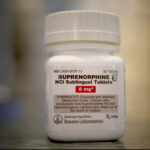


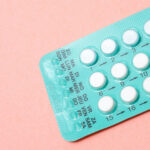

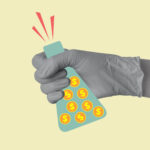


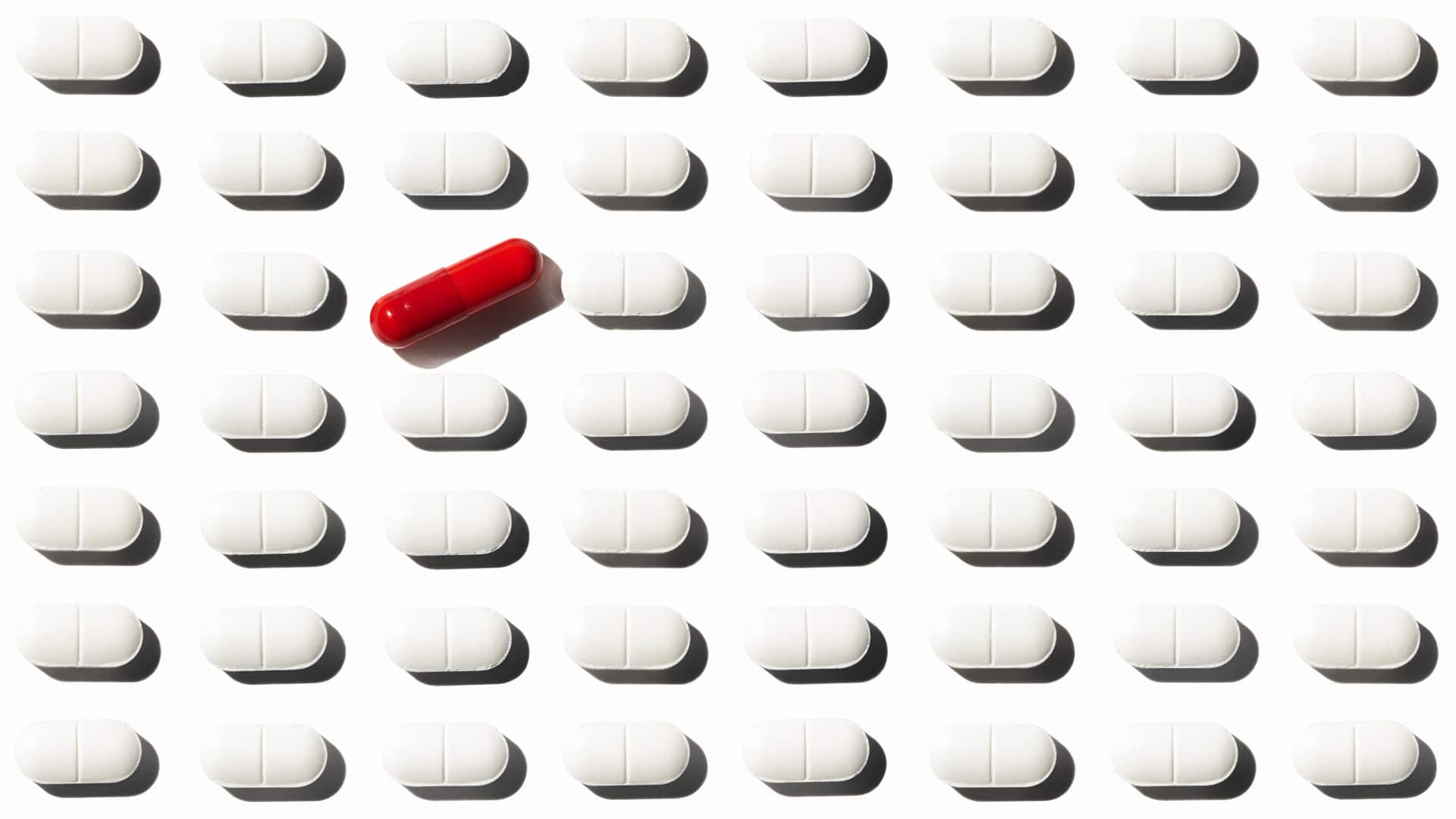
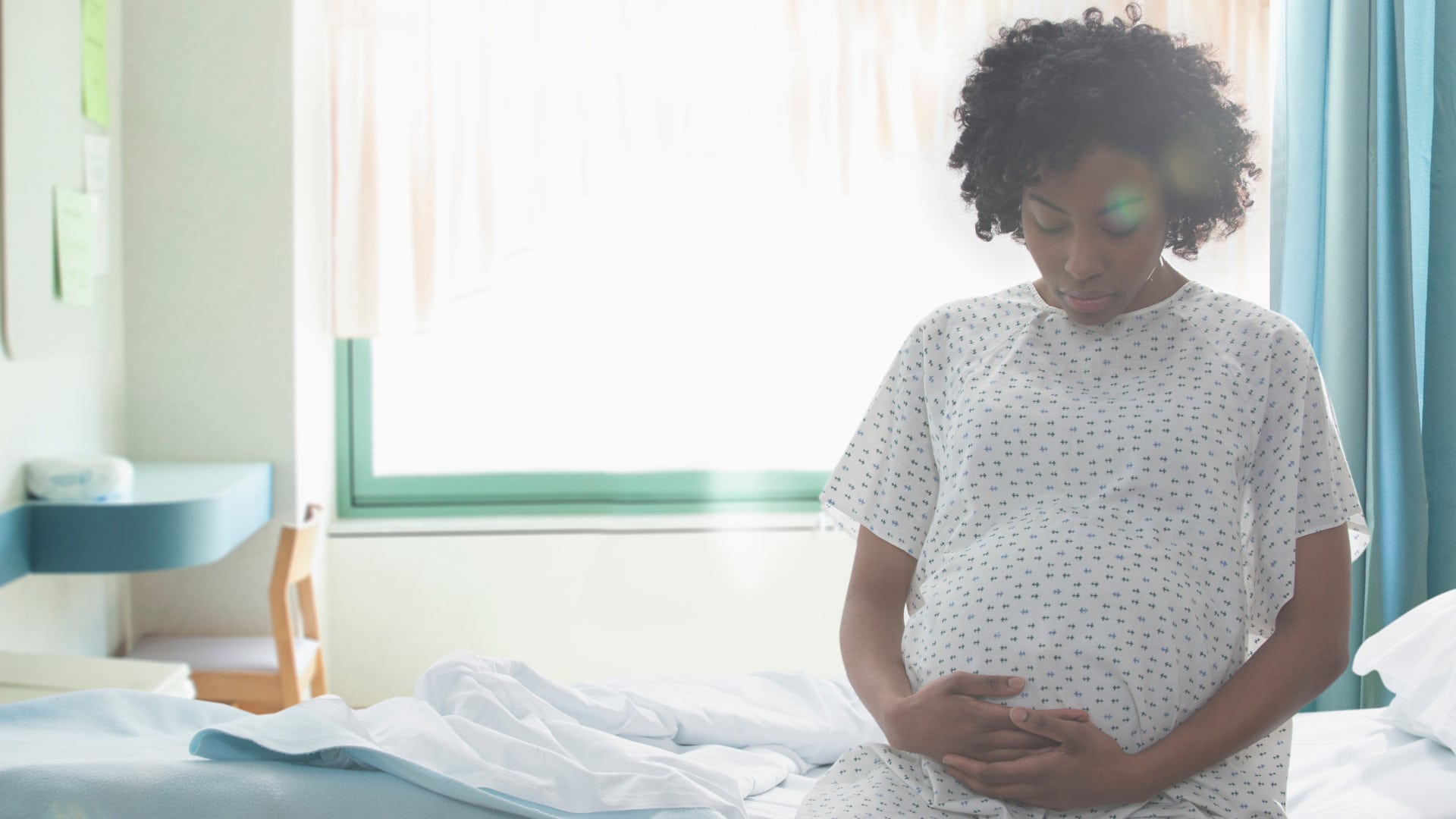
Comments are automatically closed one year after article publication. Archived comments are below.
While I agree with most everything said in the story it is NOT true that all oral cancer medications must be taken without food. In the case of CML, imatinib, dasatinib and bosutinib may be taken with or without food. Nilotinib is, so far, the only drug, for CML, that has food restrictions. I have taken three of these four drugs and I’m now taking nilotinib at 1/2 normal starting dose. The food issue is a pain, but since my dose is so low I don’t pay much attention to it.
Reducing dosage would reduce costs only IF the primary driver were the cost of manufacture. The real drivers are sunk costs for research, development, testing, regulatory approval, manufacturing infrastructure and marketing. Pricing models are on a per-patient basis, not per-milligram. Big pharma is willing, if not anxious, to sell drugs at a steep discount overseas so long as they can cover incremental manufacturing cost.
Those of us living outside the US continue to be amazed at what you have to suffer. When profit for private companies is paramount then things get more costly as this article demonstrates. The 6th paragraph about reducing drug costs is appalling information. In New Zealand the government itself negotiates with various companies for lowest prices for all Kiwis.